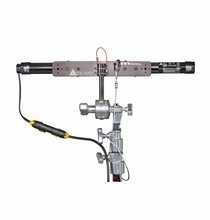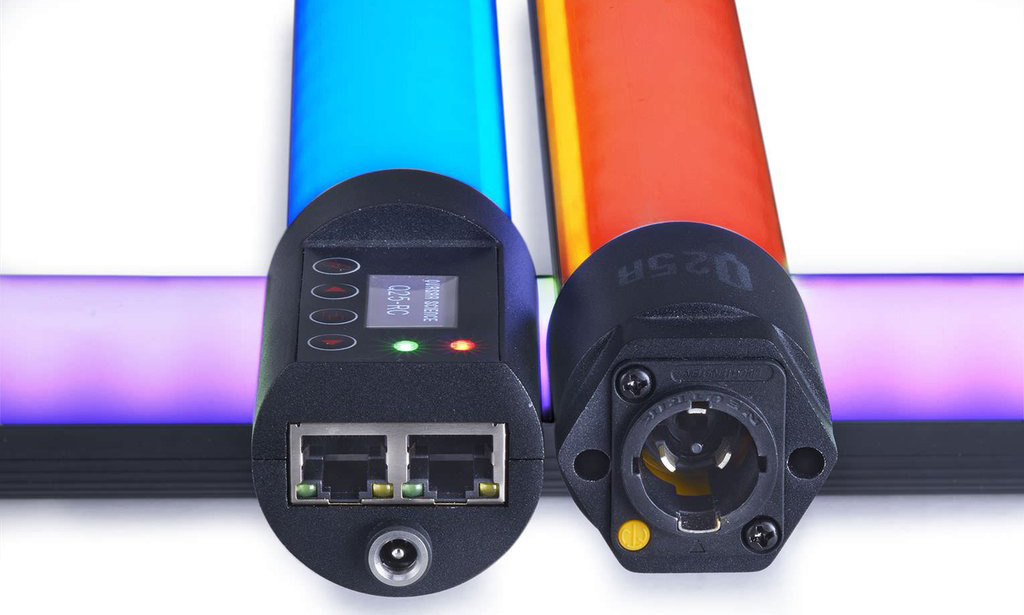

Astera has three options available with less pixels per length:īoth have their place if you need a specific size though, hence why Astera fits in between Quasars sizes. Right off the bat, they have longer tubes available with more individual pixels per length. For instance - The R2s have 3 size options: And both have similar housing.īut the Rainbow 2 has some options that the Asteras don’t. When fully charged, both claim to max out around 20 hours uninterrupted on low output (12 hours realistically).

Let’s compare both of their latest releases and see what we come up with! Quasarīoth Astera and Quasar use applications and backside displays for control options. DP’s, Gaffers, and rental houses everywhere found themselves scratching their heads when trying to decide which way to go. But when Quasar caught up with Astera in the RGB game shortly after their release of the AX1. This left a void to be filled and companies like Quasar and Astera jumped at the opportunity to develop wireless LED tube technology.īack when Quasar only had temp adjustments from 2000° Kelvin Candle Light to 6000° Kelvin Overcast Daylight with the Crossfade Linear LED lamps, the choice was clear if you were debating between Astera’s wireless RGB tubes or Quasar’s lamps. They were hard to hide and were an eye sore if you wanted to see the light source in the scene. Or just take BTS shots of grips mimicking light sabers.īefore then, filmmakers only had the choice of using Kino Flo fluorescent lights that were tethered to wires that connected to both sides of the tube for power. When the first wireless LED tubes appeared on the scene, it opened the doors to all sorts of new creative ways to light up a scene or event.


 0 kommentar(er)
0 kommentar(er)
